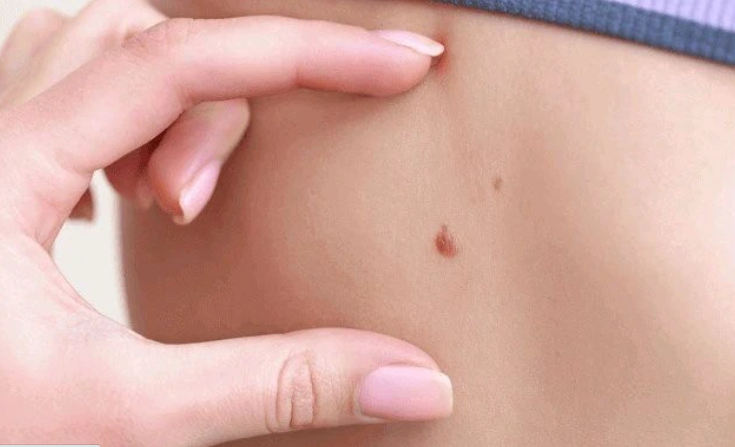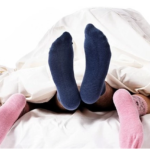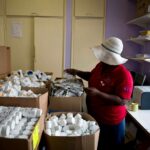
Pay Attention: Here Are 3 HIV Symptoms In Women
Published on November 10, 2022 at 5:13 PM by Flora Mitumba
According to Healthline, the first signs of HIV infection are often disregarded.
However, an HIV-positive individual can still spread the virus to others even if they are not showing any outward signs of the disease.
That’s only one of many motives people have for wanting to know their HIV status. Nonetheless, not everybody has the same HIV symptoms right now.
How then do the signals humans receive at birth differ from one another? However, here are three ways that you can tell if a woman has HIV.
Urealytic ulcers of the mouth
In the beginning phase, mouth sores may appear as the first indicator of an infection.
However, they may also emerge later, after HIV has progressed to a more severe form.
Creamy plaques on the lips, palate, or tongue are another common manifestation; these often erode away, revealing a crimson underlayment.
Also, others may get the same painful red blisters on their lips and cheeks. It may be a sign of HIV, so be vigilant.
Red, itchy, and scaly skin
Skin and pore problems tend to worsen in HIV-positive patients.
Rash is a typical sign, and it can manifest in a wide variety of ways on the skin.
They could be caused by HIV or by something else entirely.
Night sweats
During the first 30 days after contracting HIV, nocturnal sweats may also occur in some persons.
As soon as the body has had time to recover from sleep and fight off the illness, they awake.
Night sweats are a symptom of a larger problem, and often come with other symptoms like a fever.
However, fever might appear spontaneously at times.


